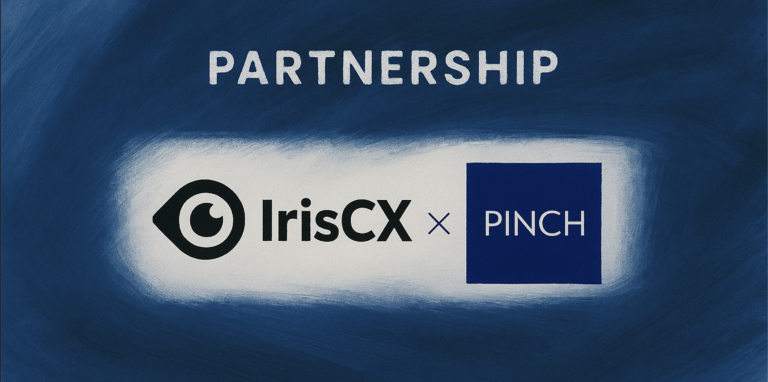The Cultivate Austin event highlighted centralization as a transformative approach for addressing the challenges facing property management. Economic pressures, rising costs, and labor shortages are testing the resilience of property owners and managers. Centralization—streamlining operations by consolidating processes and leveraging technology—is emerging as a compelling solution.Historically, property management relied on decentralized, site-specific teams to handle everything from leasing to maintenance. However, as operations grow more complex, this model has revealed its inefficiencies. Centralization, when combined with technological advancements, offers an opportunity to improve efficiency, reduce costs, and address workforce constraints.
The Obstacles to Centralization
Adopting centralized operations comes with hurdles. Real estate, an industry that often resists rapid change, requires a cultural and operational shift to fully realize the benefits.
Reluctance to Adapt
Many operators, particularly smaller ones, remain hesitant to overhaul established systems. Years of reliance on familiar workflows have created inertia that slows adoption. Overcoming this reluctance requires demonstrating the clear advantages of streamlined systems and allaying fears about technological complexity.
Initial Investment vs. Long-Term Gain
Transitioning to a centralized model demands upfront spending on tools, training, and restructured processes. For some, these costs seem insurmountable, but the longer-term savings from reduced inefficiencies, better resource utilization, and data-driven insights often outweigh these expenses.
Labor Force Challenges
A shrinking maintenance workforce adds pressure. Centralization helps address this gap by optimizing workloads and enabling remote solutions, but it also requires a commitment to retraining and upskilling staff to operate in a more digitized environment.
The Role of Technology in Centralization
At the heart of successful centralization lies technology. Discussions at Cultivate Austin emphasized how PropTech is redefining operational standards, making centralized management more accessible and impactful.
Remote Monitoring and Diagnostics
IoT devices and centralized dispatch systems allow operators to detect and address maintenance issues more efficiently. For instance, sensors can identify leaks before they cause significant damage, and remote troubleshooting minimizes the need for on-site technicians. These innovations save time and reduce operational costs while enhancing service reliability.
Insights from Other Industries
The adoption of centralized processes has long been a standard in industries like manufacturing and travel. Real estate now has the opportunity to apply these lessons. By digitizing workflows and focusing on data-driven operations, property managers can improve efficiency while offering a superior resident experience.
Data Aggregation and Predictive Tools
Centralized operations aggregate data from across properties, providing valuable insights into performance trends, maintenance needs, and resource allocation. Predictive analytics can further optimize operations, anticipating potential failures and allowing for proactive interventions.
AI and Automation
AI-driven platforms are transforming routine tasks such as tenant communications, leasing inquiries, and rent collection. These systems free up property managers to focus on higher-value activities while improving consistency and responsiveness.
Making Centralization Work
For centralization to succeed, it must be implemented thoughtfully, balancing innovation with practicality.
Building on Efficiency
Operators should address inefficiencies in their current processes before attempting to centralize. A well-functioning foundation ensures that the transition enhances, rather than disrupts, operations.
Strategic Technology Investments
PropTech tools must align with an operator’s goals. Effective centralization requires not only robust platforms but also integrations that ensure seamless workflows across all operational areas.
Shifting Organizational Culture
Cultural change is as important as technological adoption. Teams need clear communication, proper training, and leadership support to embrace new systems and workflows. Cultivating a culture of continuous improvement positions organizations for long-term success.
Enhancing the Resident Experience
Centralization should improve, not compromise, service quality. By enabling faster maintenance responses and more efficient leasing processes, centralized systems can enhance tenant satisfaction and retention.
The Path Forward
The conversations at Cultivate Austin reaffirmed centralization as a strategic response to the challenges of modern property management. It is not merely about reducing costs; it is about optimizing operations to deliver better outcomes for both property managers and residents. By combining technology, data, and thoughtful implementation, centralization provides a way to navigate the complexities of today’s market.Change is never without challenges, but the potential for improved efficiency, stronger financial performance, and a better resident experience makes the effort worthwhile. As one industry leader the conference aptly noted, “The long-term gains far outweigh the short-term discomforts of change, doing things the same way, doesn’t seem to be a winning option.”




